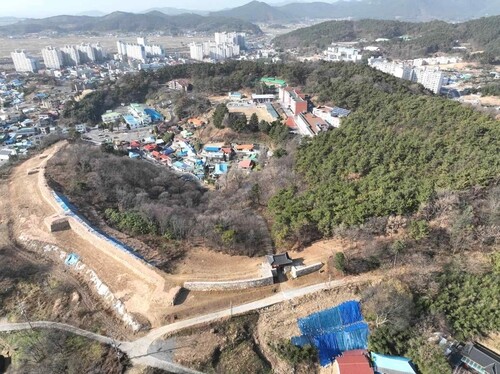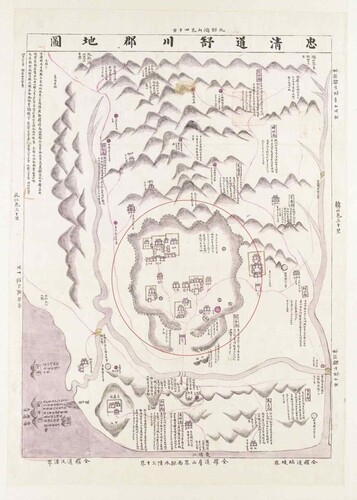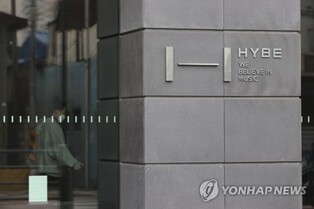 |
| ▲ An aerial view of Seocheon Eupseong in South Chungcheong Province, provided by the Korea Heritage Service (KHS). (PHOTO NOT FOR SALE) (Yonhap) |
SEOUL,
Nov. 11 (Yonhap) --
An eupseong is a walled fortress that encloses a town, with several gates providing access to the outside. The Seocheon Eupseong, located along the coast near the Geum River estuary, was constructed of stone during the reign of King Sejong (r. 1418–1450) as a military stronghold to prevent enemy incursions into the Chungcheong interior. Unusually for a coastal fortress, it was built on a mountainous site.
 |
| ▲ The restored East Gate of Seocheon Eupseong, provided by the Korea Heritage Service (KHS). (PHOTO NOT FOR SALE) (Yonhap) |
Although many fortresses across Korea were demolished following the 1910 Japanese colonial decree to dismantle eupseong fortifications, Seocheon Eupseong remains relatively well-preserved. Of its total 1,645-meter circumference, about 1,535.5 meters (93%) of the walls still survive.
The fortress provides valuable insight into early Joseon fortification standards and evolving construction policies. Architectural features from both the 1438 “Chukseong Sindo” (New Guidelines for Fortress Construction)—which prescribed stepped inner walls—and the vertical wall technique proposed by official Lee Bo-heum in 1443 can be found together at the site.
Archaeological surveys have identified 16 bastions (chiseong)—protruding structures built to repel enemies approaching the walls—spaced roughly 90 meters apart, which is denser than the standard 150 bo (about 155 meters) spacing recorded in 1433. This close arrangement is rarely seen in other fortresses.
 |
| ▲ A photo of the Seocheon Eupseong depicted in the “Map of Seocheon County, Chungcheong Province” produced in 1872, provided by the Korea Heritage Service (KHS). (PHOTO NOT FOR SALE) (Yonhap) |
Remnants of moats and trenches used for defense are also visible around the site.
A KHS official said, “Seocheon Eupseong clearly illustrates the construction methods and developmental process of early Joseon coastal fortresses and preserves diverse architectural remains from that period, making it a site of significant historical value.”
(C) Yonhap News Agency. All Rights Reserved























